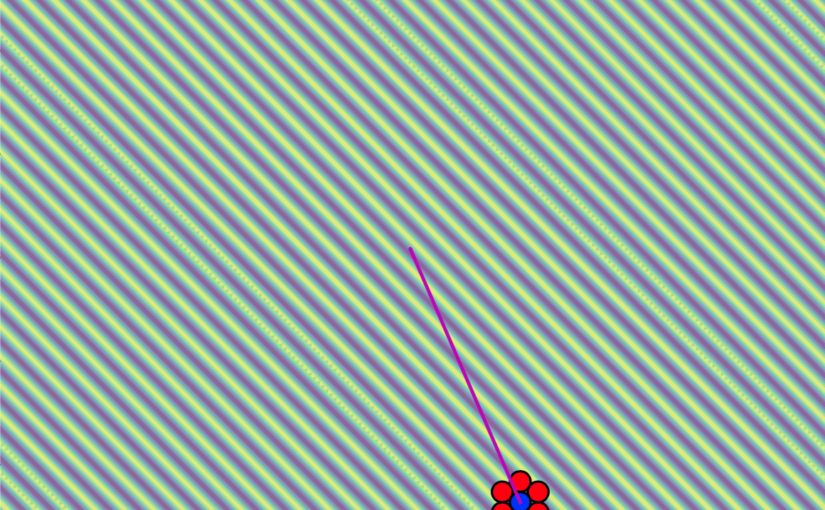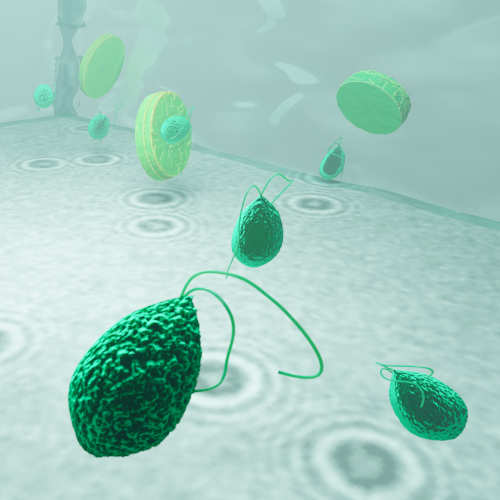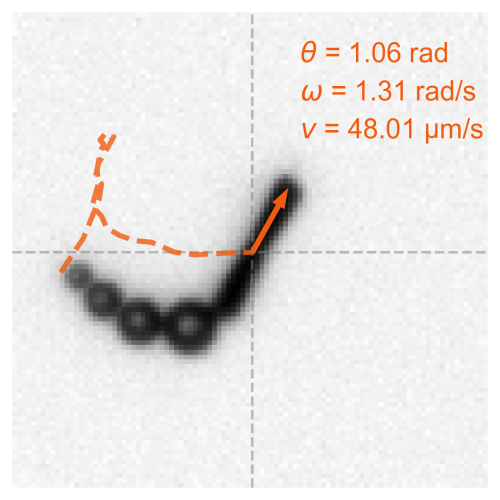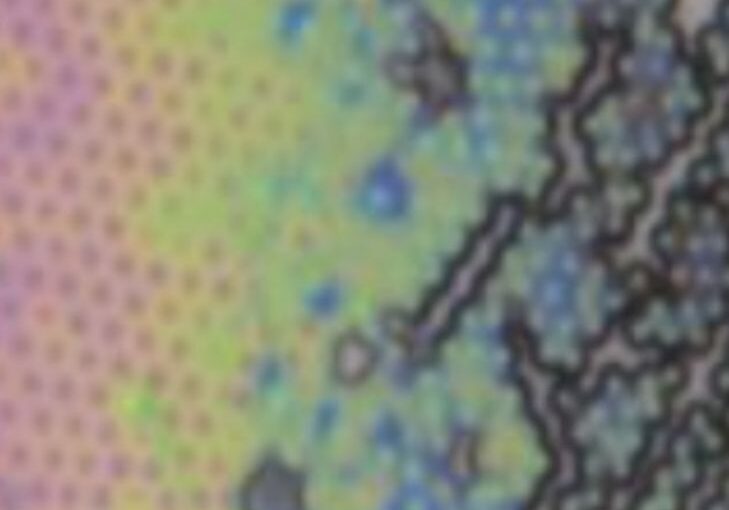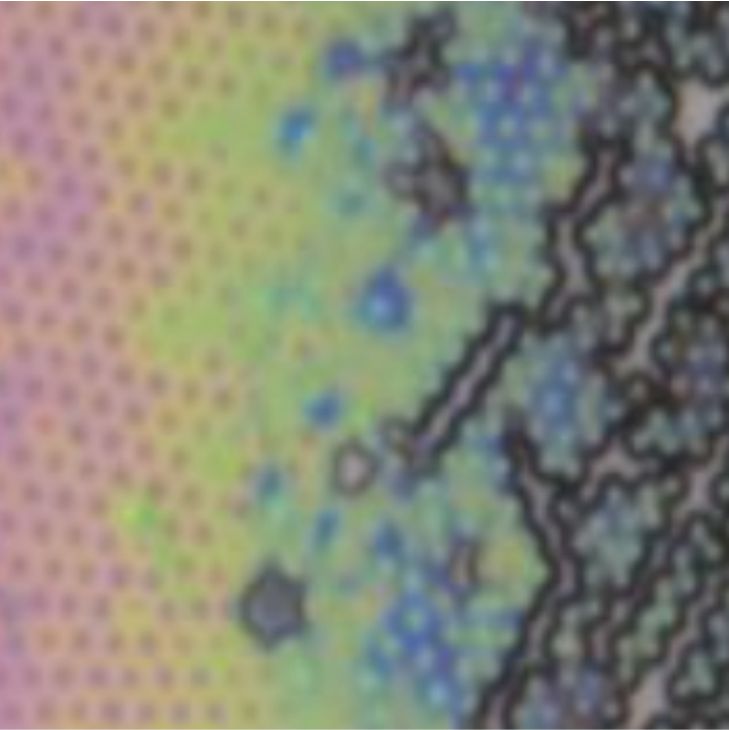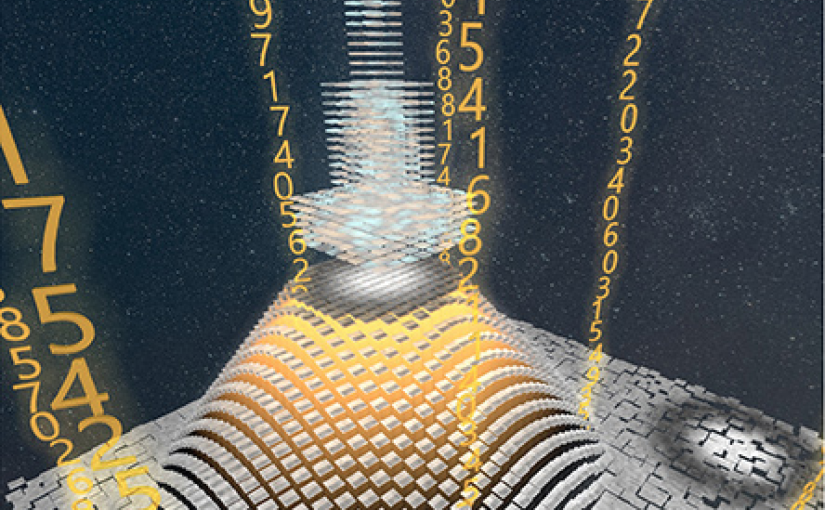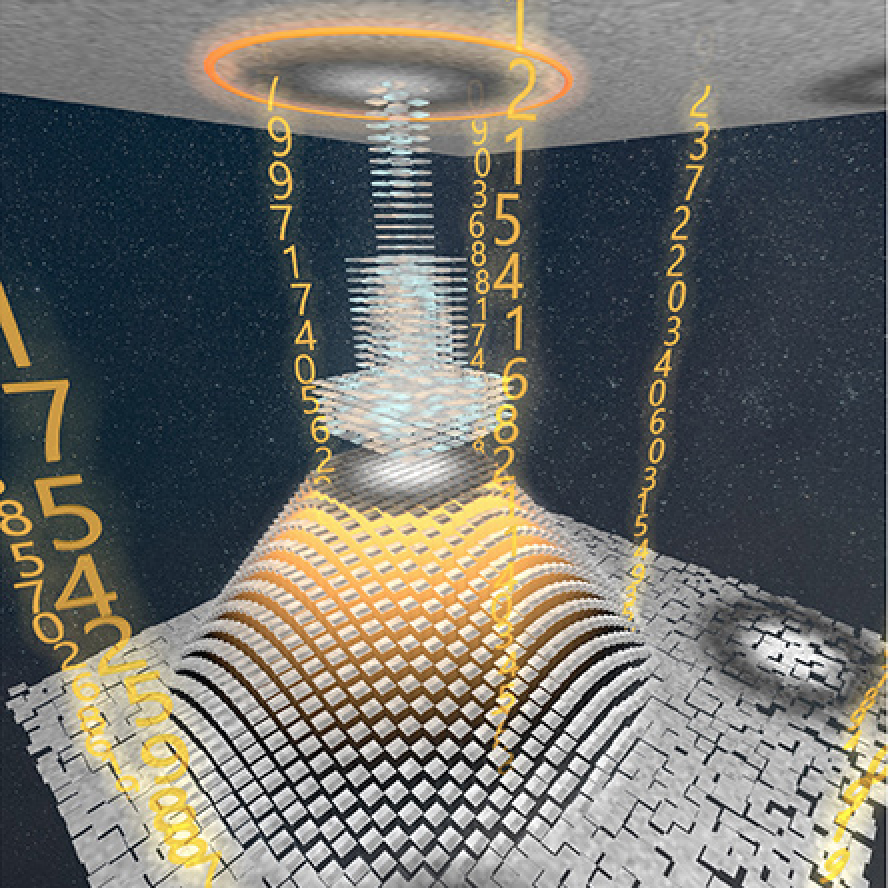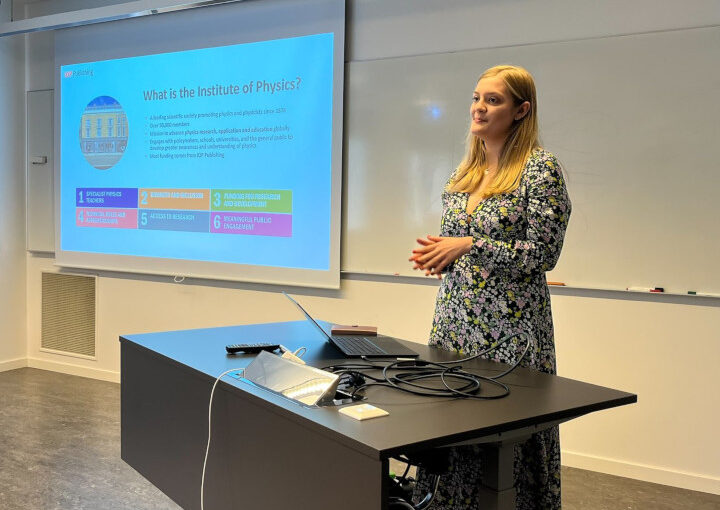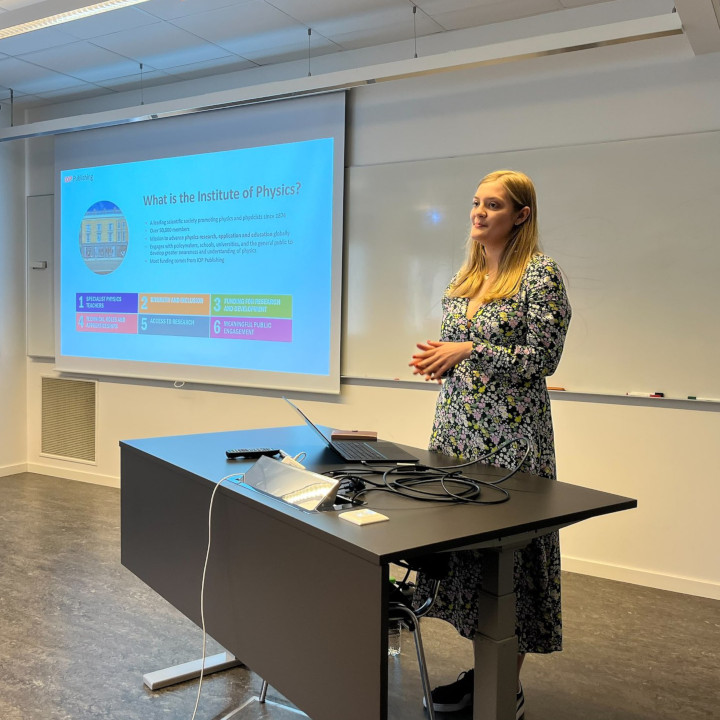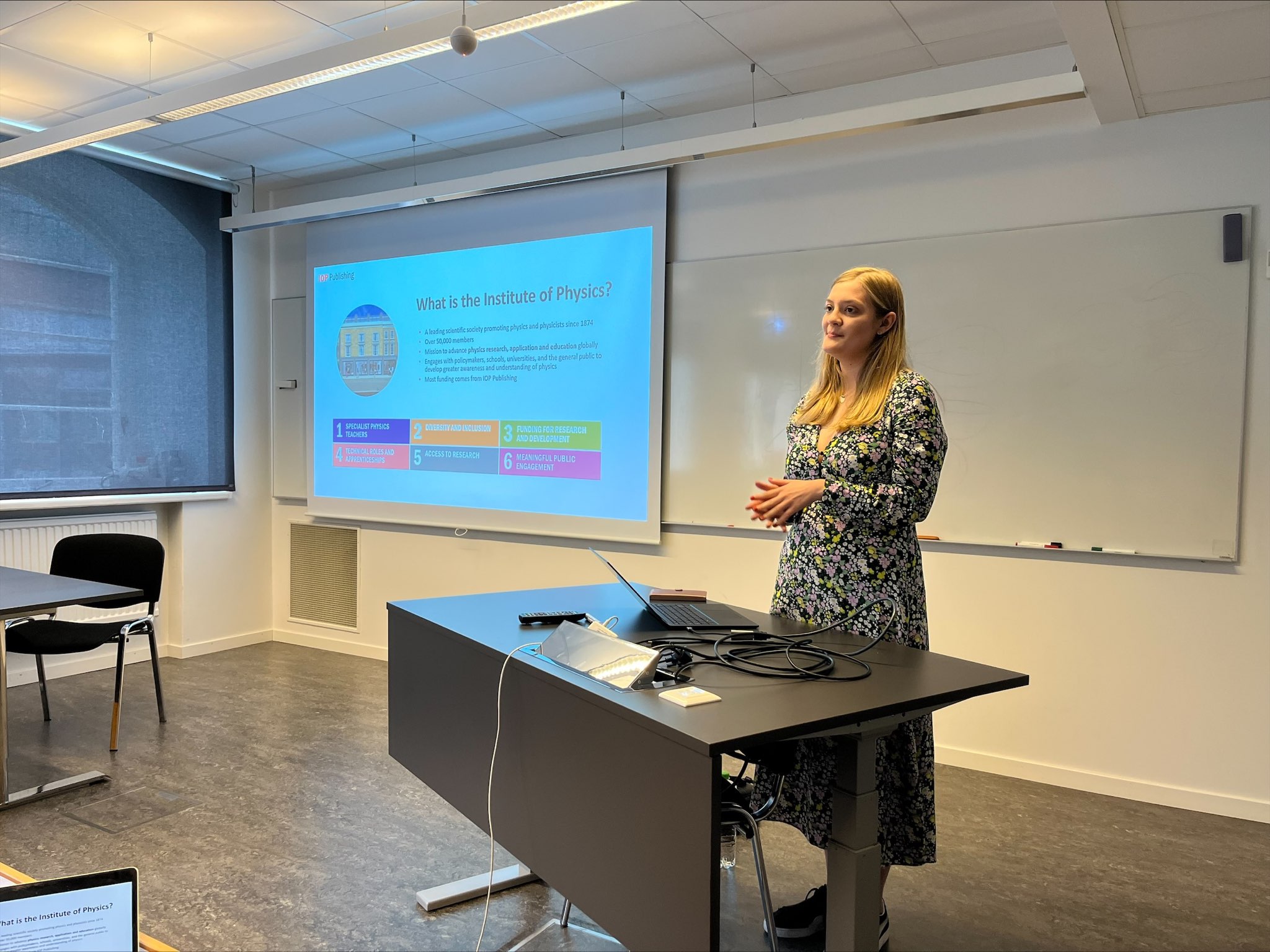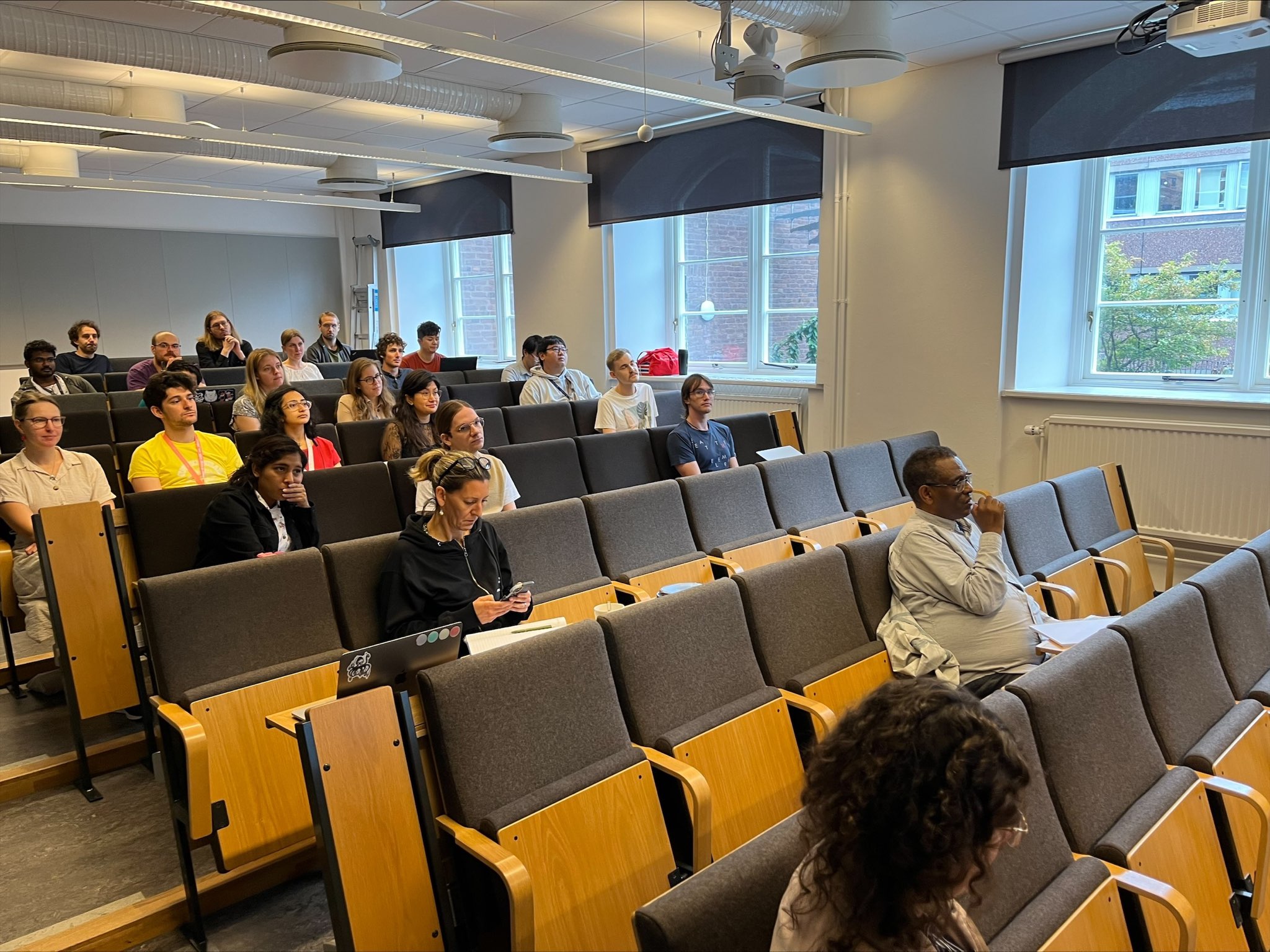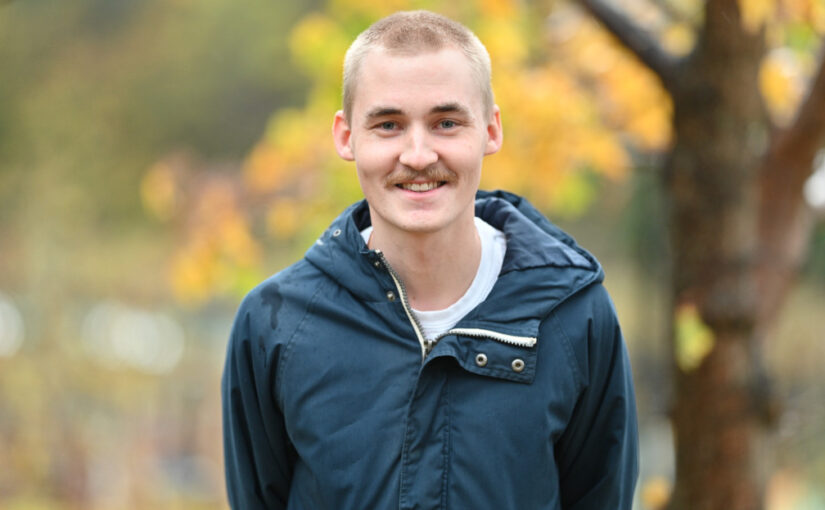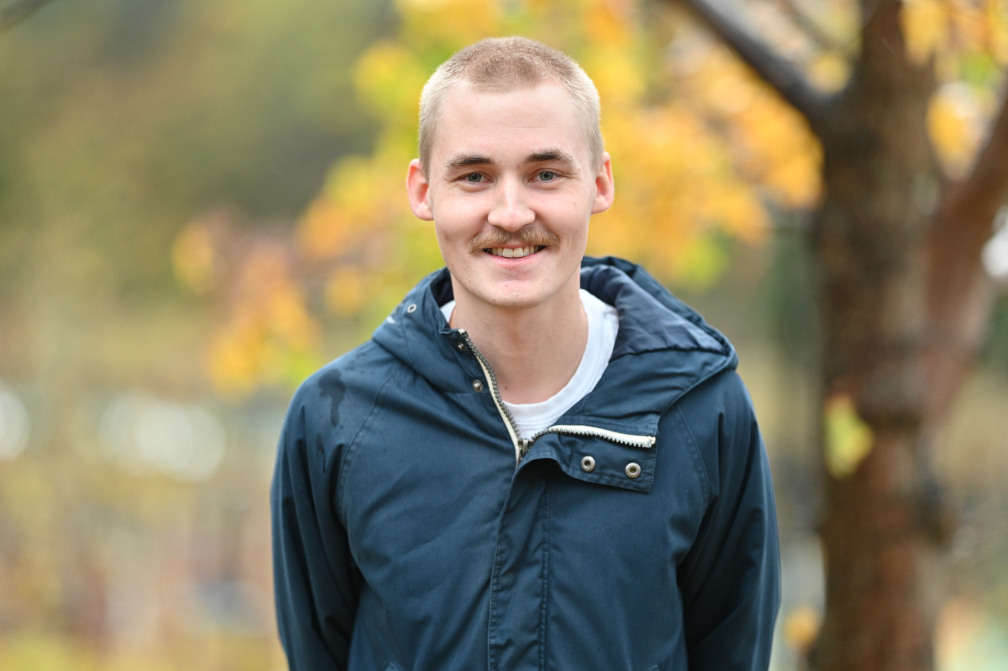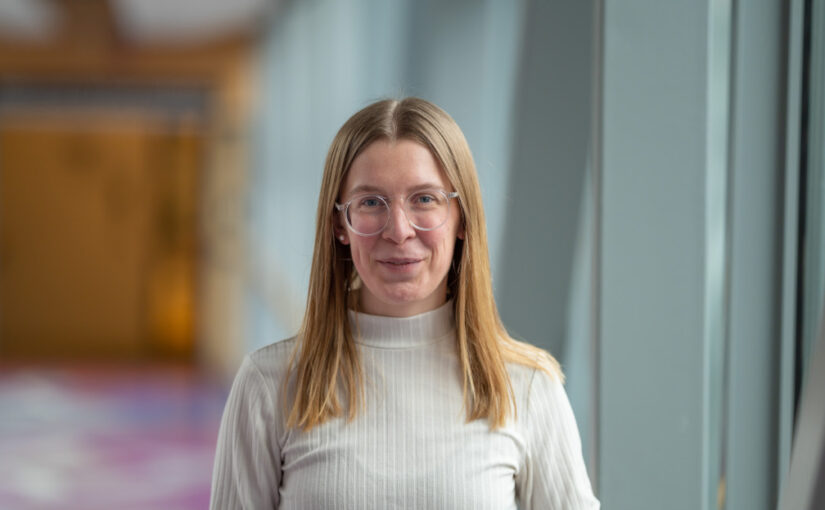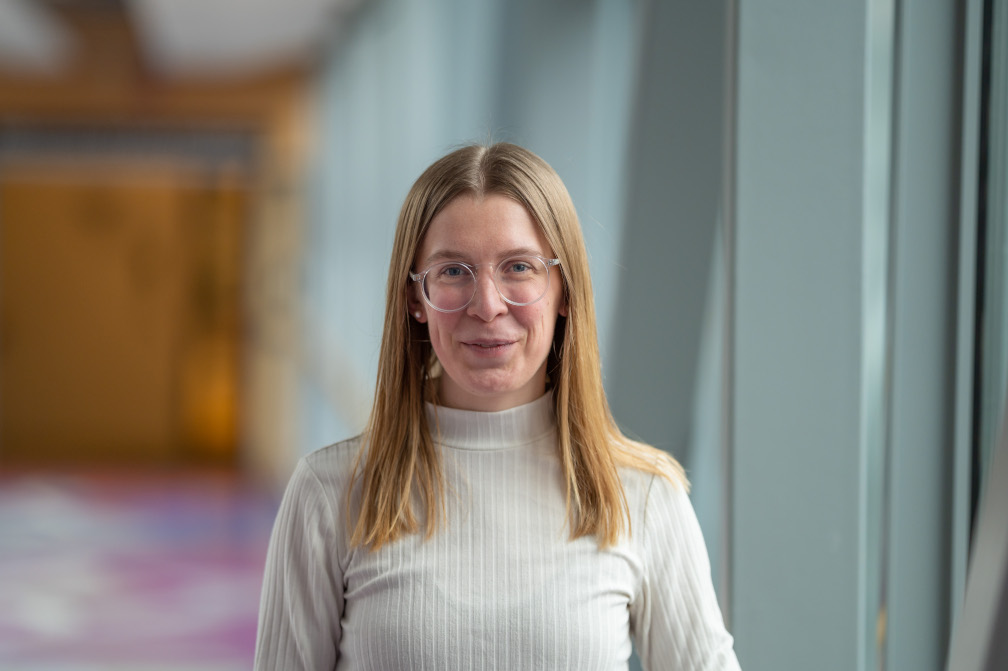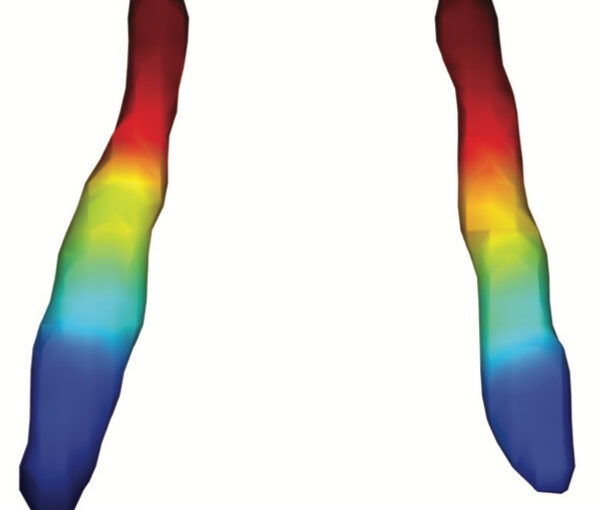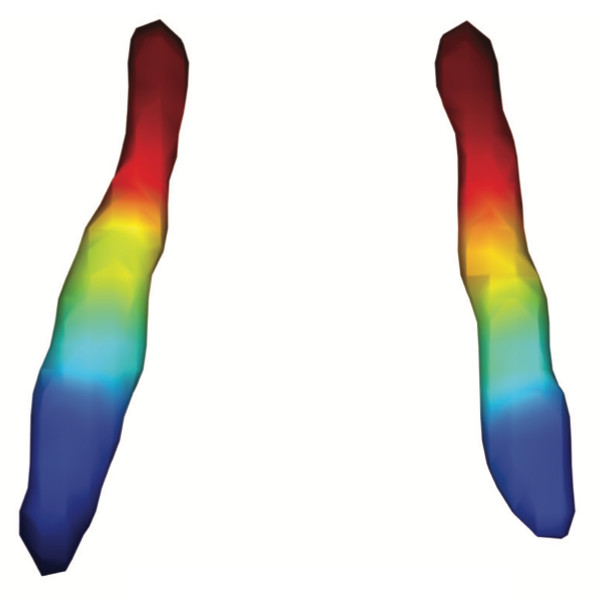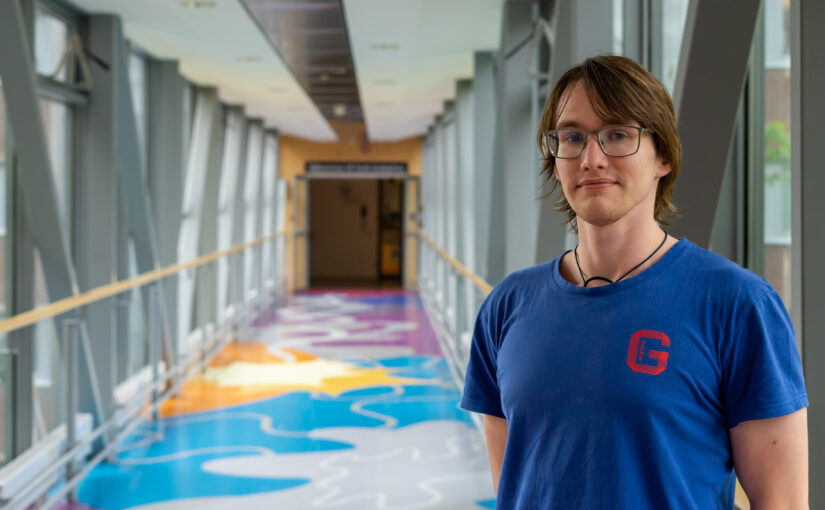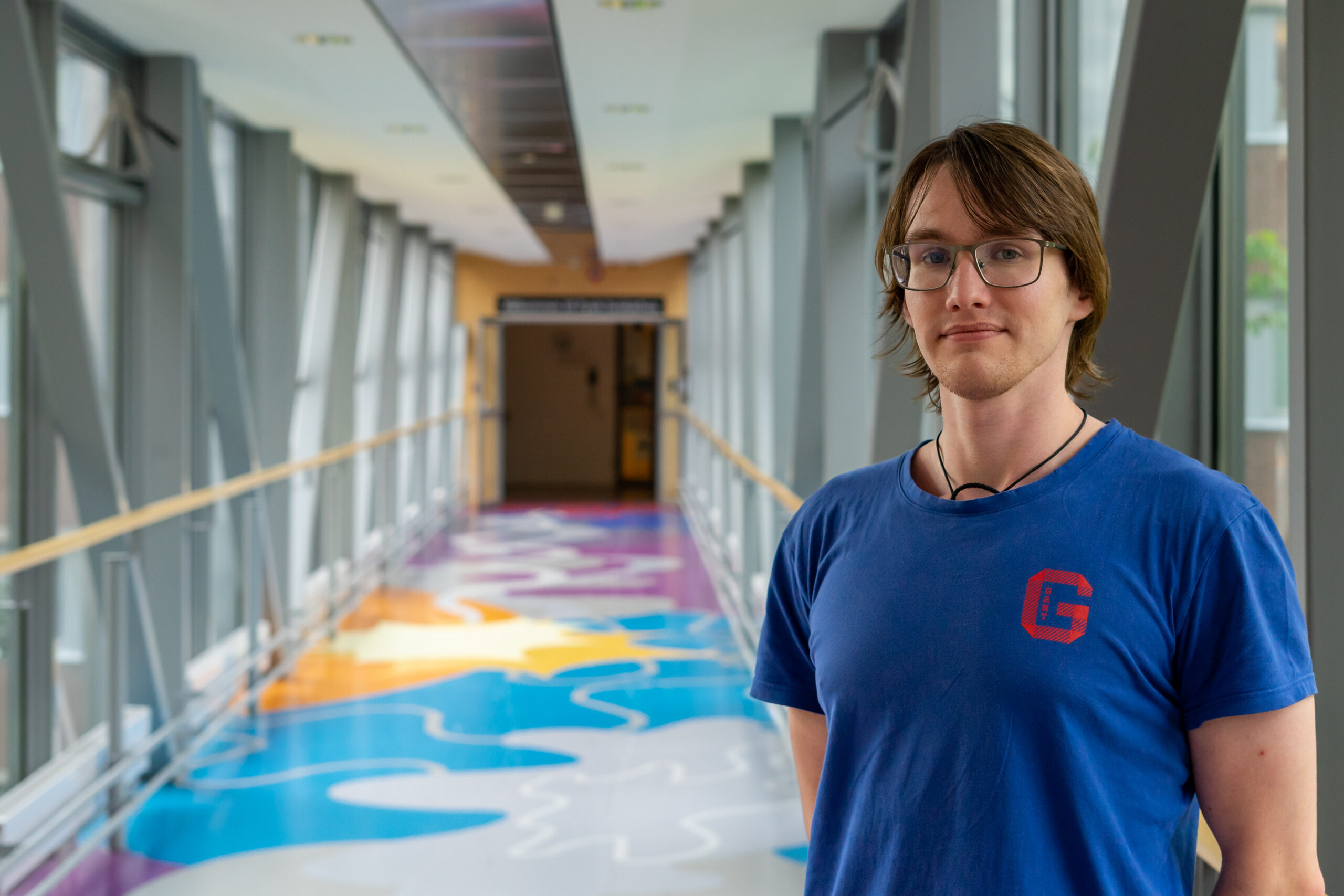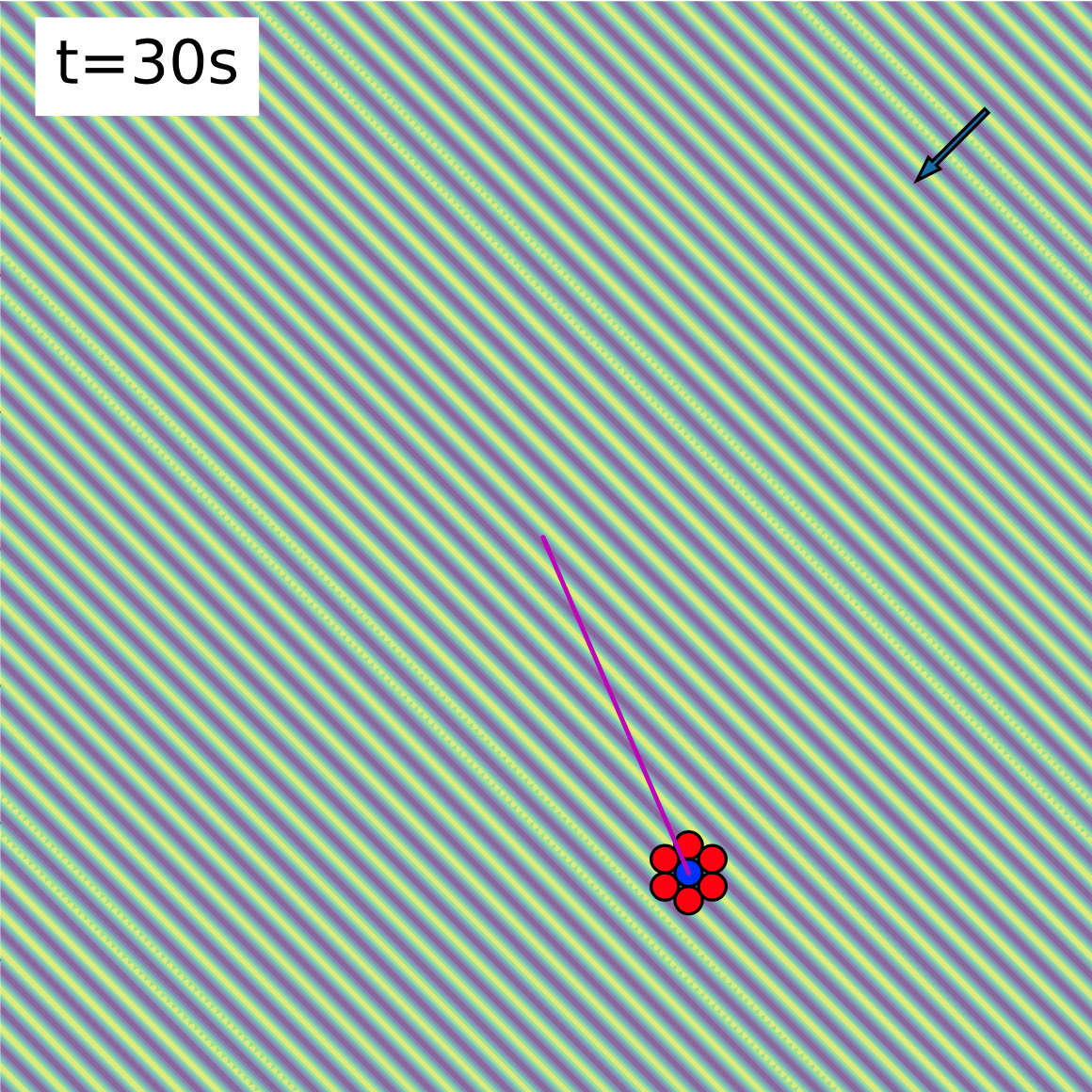
Title: Controlling Active Clusters Using Wave-Shaped Light Patterns
Abstract:
Colloidal systems appear in various contexts. In some of these systems, thermophoretic forces can arise around otherwise passive particles when they are illuminated, leading to the emergence of complex behaviours. These types of systems has been extensively studied under constant, uniform light where the emergent behaviours are simply activated and deactivated. The aim of this project is to show that the emergent behaviour can not only be activated and deactivated, but also controlled by employing more complex light patterns.
The model used in this project includes Brownian motion and thermophoretic forces, with collisions between particles being resolved by a volume exclusion method. The thermophoretic forces are activated by employing travelling wave light patterns to affect the behaviours of different clusters formed as a result of these forces. Two different patterns are then superimposed to show that more complex light patterns can induce more complex behaviours.
This study is mostly qualitative in nature and only conducted in simulations. While the parameter space has only been roughly explored and the study needs to be validated through physical experiments, the results of the project indicate that a more comprehensive exploration of the parameter space for a broader range of clusters can be of interest.
Supervisor: Agnese Callegari
Examiner: Giovanni Volpe
Opponent: Simon Carlson
Place: Nexus
Time: 18 September, 2023, 17:00
